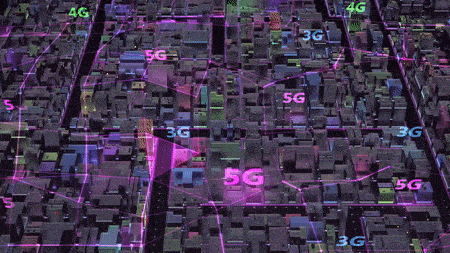
READ MORE: Is the Industry — and the World — Ready for 5G Advanced? (ABI Research)
The foundations of 5G have been laid, but operators are at risk of missing the full benefits of 5G not just for potential customers, but also for their bottom lines.
It’s glass half full and half empty as far as ABI Research is concerned in its latest report, “Is the Industry — and the World — Ready for 5G Advanced?” While 5G is already the fastest growing cellular generation ever, nearly all of this growth is concentrated in the consumer market, it states, leaving the enterprise market “woefully underserviced.”
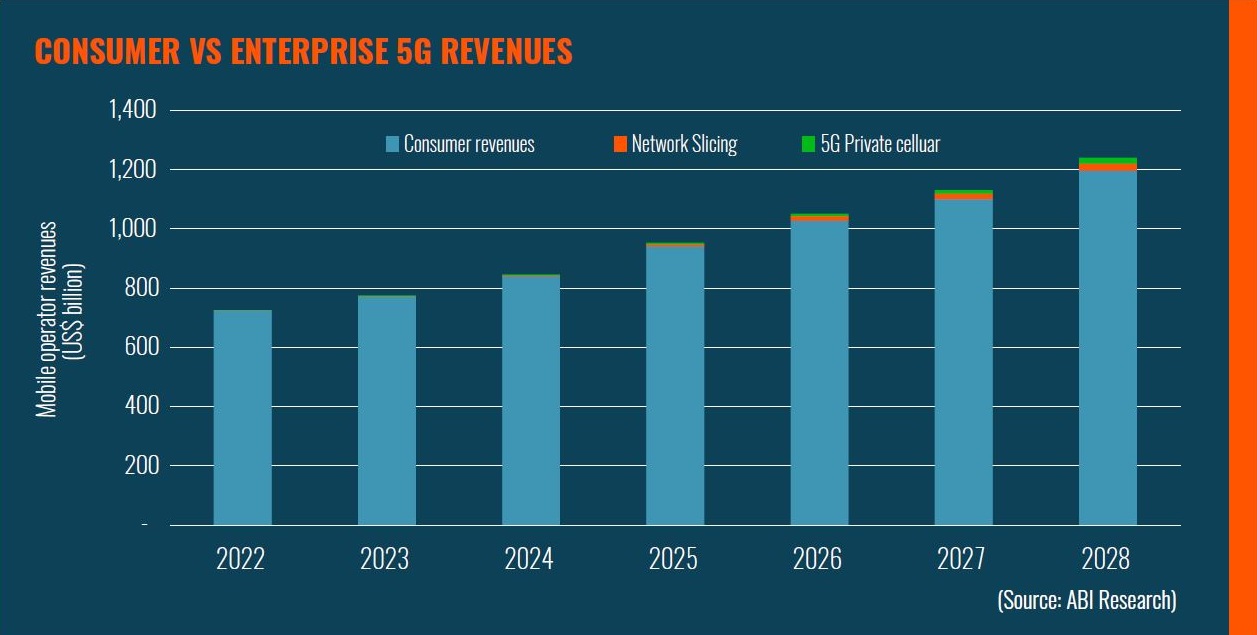
So, three years after the initial deployment of 5G, the technology — and the industry — is at a crossroads.
“In order to fully realize the transformative potential of 5G, operators must look beyond selling data plans and SIM cards and instead get serious about enabling new use cases and empowering the enterprise.
WAIT, WE’RE ALREADY TALKING ABOUT 6G? WHAT ABOUT 5G?
6G may already be on the horizon, but there’s still a lot to understand about the benefits — and limitations — of 5G, which is rolling out across the US but has yet to reach peak saturation. Dive into these selections from the NAB Amplify archives to learn what, exactly, 5G is, how it differs from 4G, and — most importantly — how 5G will bolster the Media & Entertainment industry on the road ahead:
- Why 5G is the Cool Thing That Still Hasn’t Happened
- Why 5G’s Impact on Broadcast Could Be Kind of Insane
- 5G Starts to Fulfill Its Economic Promise
- 5G Technology Goes Way Beyond Better Cellphone Service
- 6G Mobile Networks Begin to Take Shape… With 7G Already in the Wings
“While there have been some mild successes for enterprises, such as private cellular (small cells typically deployed in a factory floor, or warehouse), the revenue generated to this point remains miniscule.”
AIB points to Release 18 — referred to as 5G Advanced — as the key to unlocking new capabilities and revenue streams however there are questions about whether operators are poised to take advantage.
“Without 5G Advanced, 5G is doomed to fail and the industry will be forced to wait for 6G,” the report warns.
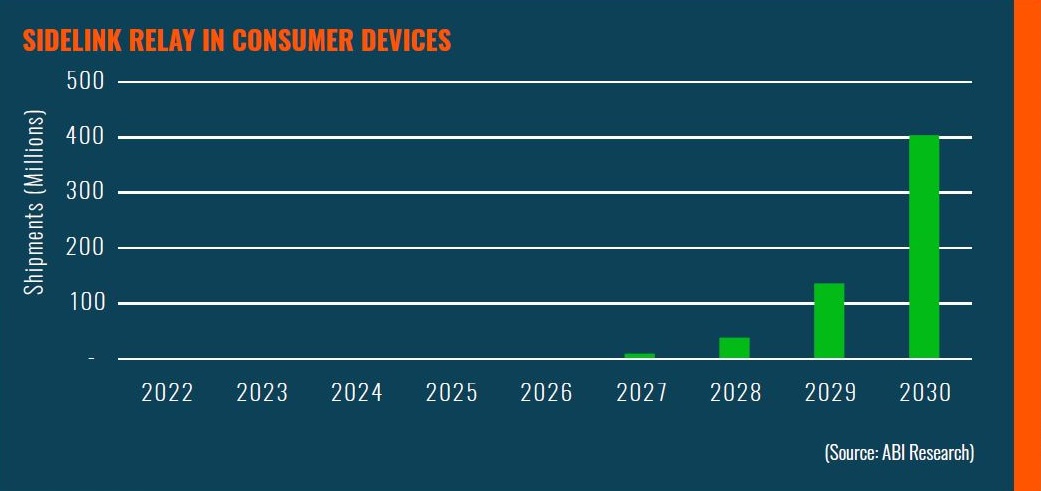
5G Advanced Advances
The researcher expects 5G Advanced will be commercially launched in 2025, and that, by 2030, 75% of 5G base stations will have been upgraded to 5G Advanced. That accounts for approximately 76 million radios, 23 million macro basebands, and 13 million small cells globally in the consumer market. In the enterprise market, slower adoption is expected with half of small cells upgraded to 5G Advanced, accounting for 14 million in 2030.
5G Advanced will introduce several organic improvements to the cellular standard, but it will also introduce new “radical” features that aim to introduce significant value for enterprise applications, according to ABI.
These include positioning improvements that aim to ultimately reach <1 centimeter accuracy in the future, enable sidelink relays for a much more flexible deployment approach for on-premises deployments, and extend the network coverage through Device-to-Device (D2D) communications.
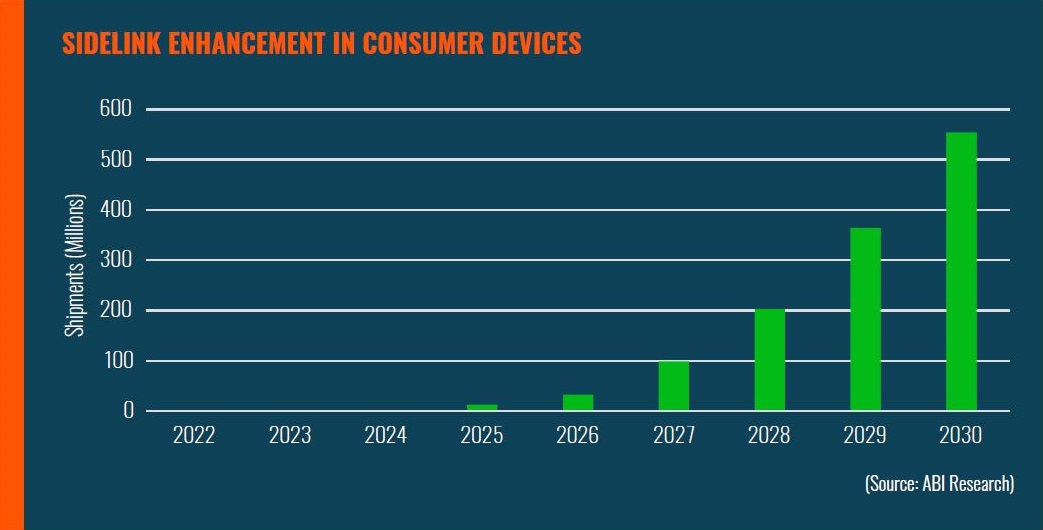
5G Advanced will also support further sidelink enhancements beyond Vehicle-to-Everything (V2X). Reduced Capability (RedCap) is another key feature for 5G Advanced, which will extend 5G capabilities to a number of power-constrained devices, including smartwatches and other wearables, smart accessories, surveillance, and machine vision cameras.
The tech will also extend 5G connectivity to a new category of User Equipment (UE) beyond smartphones to include wearables, drones/Uncrewed Aerial Vehicles (UAVs), surveillance and machine vision cameras, massive Internet of Things (IoT), and passive IoT devices.
“The new standards will be packed with a number of transformational features likely to enable the creation of new use cases and business opportunities not possible with existing 5G frameworks.”
For example, ABI suggests that commercial availability of 5G Advanced networks will mark a key milestone for the scalability navigation and wayfinding in public venues, such as sporting and entertainment arenas. A number of use cases will open up including enhanced AR/VR experiences through providing accurate positioning information on moving targets like players.
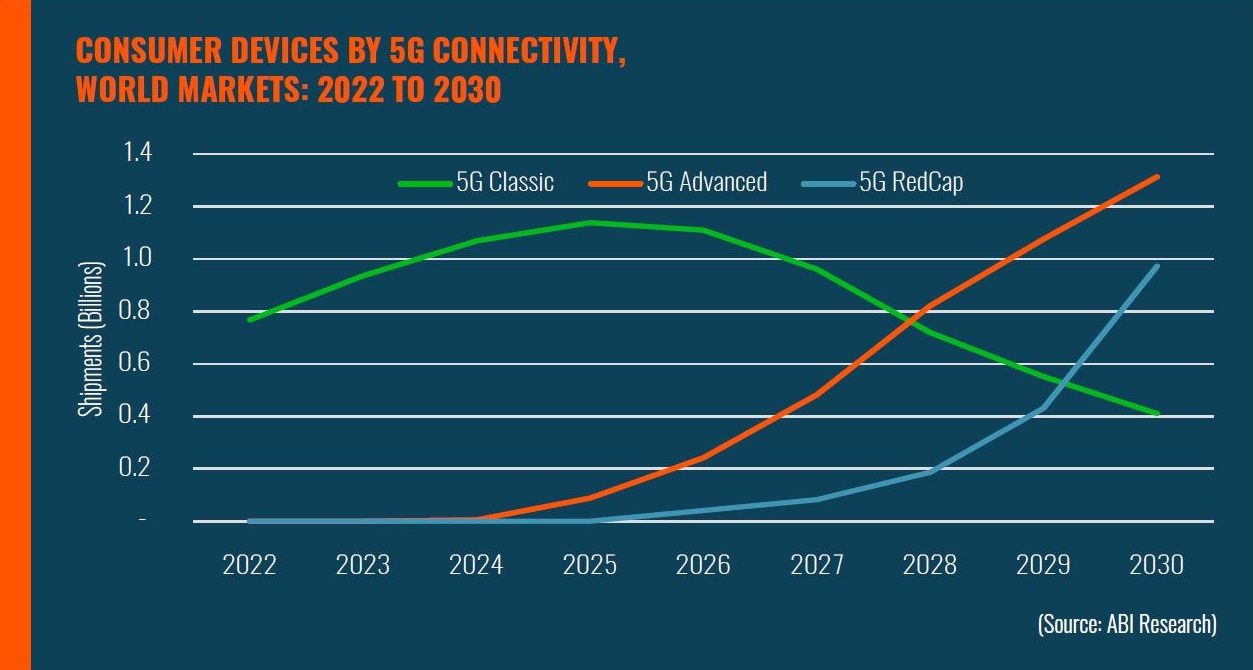
By 2030, ABI Research expects more than one billion smartphone shipments worldwide to support 5G Advanced positioning alongside more than 90 million 5G Advanced RedCap wearables and AR/VR devices, and 595 million 5G Advanced personal trackers.
Perhaps most critically, adoption of 5G positioning technology requires timely support from 5G infrastructure suppliers and Mobile Network Operators (MNOs).
ALSO ON NAB AMPLIFY:
“Barring a couple of proofs of concept from companies like Qualcomm and Huawei, incumbent 5G infrastructure suppliers are barely talking about 5G positioning capabilities, which is a stark contrast from how heavily 5G was promoted in its ability to target high-throughput low-latency enterprise applications several years ago.”
ABI adds, “It is not clear whether operators are motivated enough to support these advanced positioning capabilities, and questions remain about the ability of these operators to monetize 5G positioning in the future.”
6G Discussions Ramp Up
It wasn’t that long ago that the idea of a 6G was dismissed as irrelevant but research into 5G’s successor is well underway. 5G Advanced is considered the foundation for the next generation of Mobile Broadband (MBB) and will set the scene for 6G.
6G will focus on such concepts as distributed intelligence, blending the physical and virtual worlds, and the full use of AI/ML throughout the network.

ABI reports that several technologies are being discussed for 6G, including full duplex transmission, doubling the capacity of each link when frequency is reused for both upload and download. Rel-18 in 5G Advanced will explore the practical implementation “to realize the full duplex transmission.”
Discussions about 6G are expected to begin in 2025, when the industry will discuss 6G requirements and the standard will likely be frozen a few years after.




